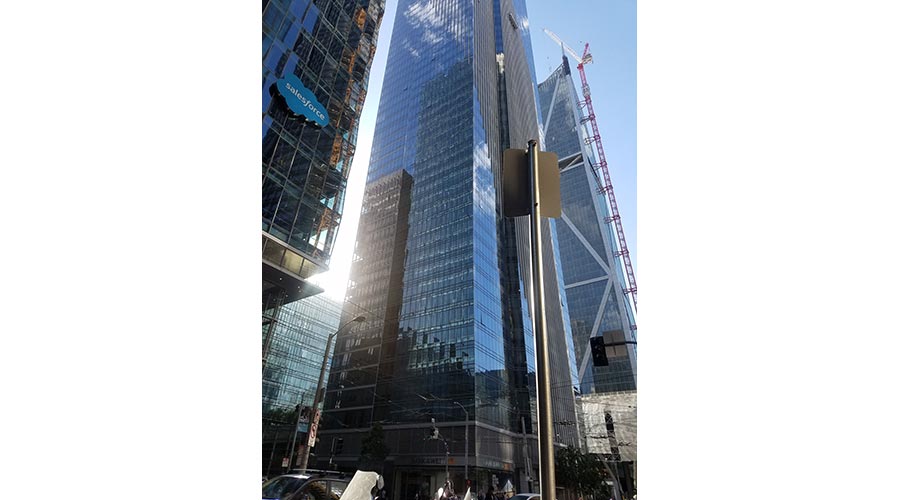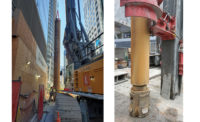In the wake of the settlement related to San Francisco's 645-ft-tall Millennium Tower, which sank at least 16 in. and tilted at least 2 in. to the northwest, the city and county Dept. of Building Inspection issued interim guidelines and procedures for structural, geotechnical and seismic-hazard engineering design review for new buildings 240 ft or taller. All tall buildings, whether designed using the city's prescriptive code or performance-based design, qualify under the new guidance.
The guidelines, issued on Nov. 9, require an additional participant or two on a building's peer-review panel. That person or persons must be a state-registered geotechnical engineer or a civil engineer with "substantially" demonstrated geotechnical experience.
Projects sited in areas with the worst soil—in a high-risk seismic zone and subject to liquefaction—would require more than one geotechnical engineer on the peer-review team, according to the city.
The guidelines also require that, in advance of project completion, project sponsors hire monitoring surveyors and instrumentation engineers to "monitor the effects of settlement" on their buildings and foundations for 10 years after completion. The monitor must submit a report annually to the city.
Further, the peer reviewer is required to meet with the engineer-of-record and the building inspection staff throughout the design process and submit a report after completion of the review.
The report must cover 10 subject areas, including the design of a building's shallow and/or deep foundation systems; an interpretation of geotechnical and geological investigations; soil-foundation-structure interaction under gravity and seismic loading; liquefaction, landslides and other geological site hazards; ground improvement; static and dynamic earth pressures; effects of dewatering; foundation or building settlement, and more.
It is unclear how much this will cost the building sponsor and whether the monitoring requirements mean that all buildings must be equipped with sensors to record any settlement, observes one engineer, who declines to be identified.








